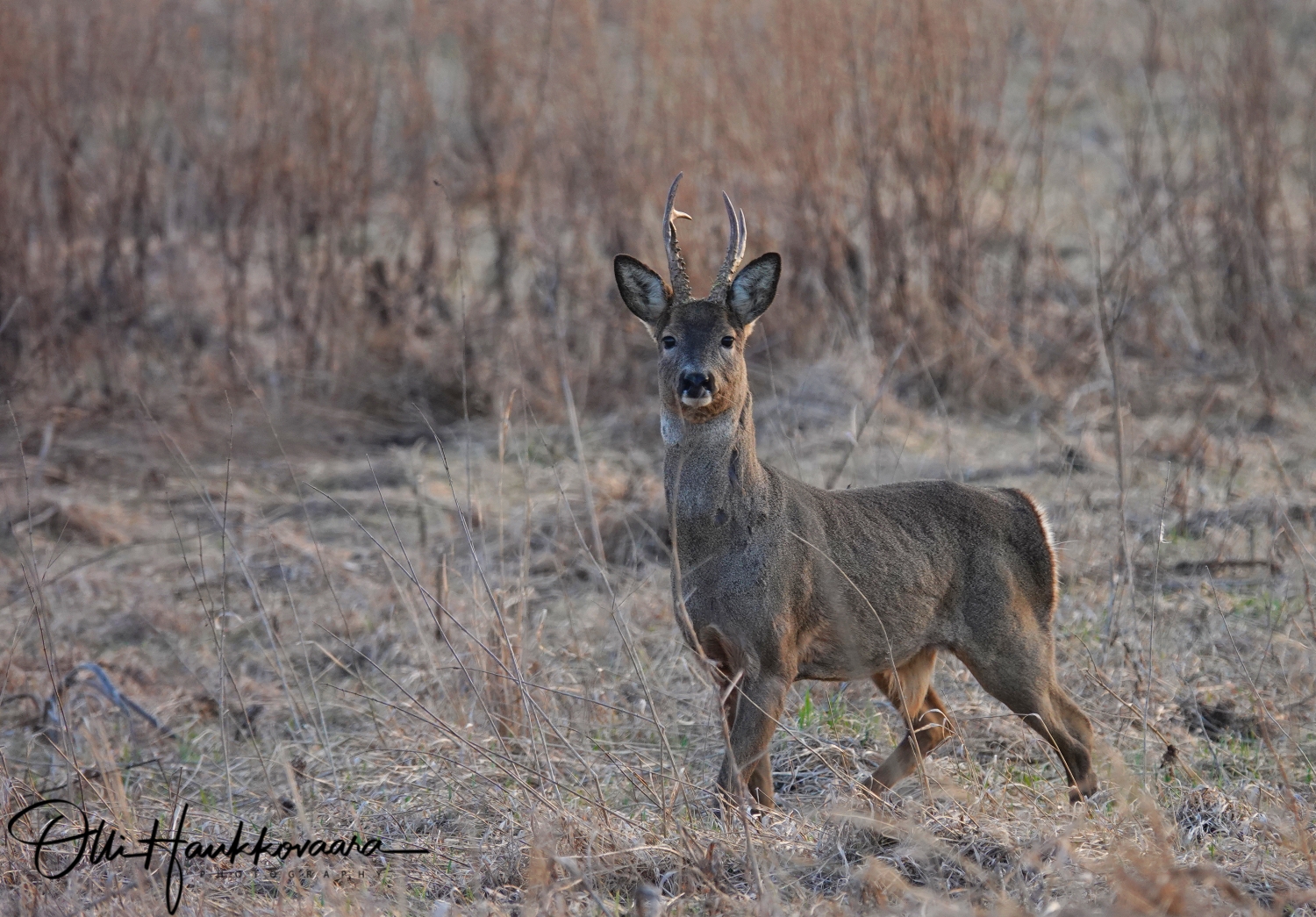
4th Mammal Watching Competition in Finland
Four years ago I invited Finnish mammal watchers to competition, to find out who gets most mammal species to their year list. 72 mammal watchers participated and the winner was Mr Harri Muukkonen with 40 species. Total of 58 species were observed by competitors. Next year, in 2017, 56 mammal watchers participated and the winners were Mr Harri Muukkonen (again) & Dr Minna Riikka Järvinen, with 45 species. In 2018, the winner was Mr Tom Ahlström, with 35 species. At the moment, 3rd Mammal Watching Competition in Finland is going on. The rules are almost the same as during first year, only some tune up have been made. The competition is actually very nice and I can honestly recommend similar competition in every country, where lives at least few mammal watchers. Please feel free to copy the rules and modify them to fit your country.
Rules (ver. 6.1 – 24.2.2019)
1. The time of the competition is the calendar year 2019. Participation in the competition requires sending observations as soon as possible after the observation, that is, sending should not be delayed, because otherwise the situation between participants cannot be tracked. Observations from mammals that are poorly known, scarce or spread to new areas are also requested to be stored in the databases of the Finnish Museum of Natural History through https://laji.fi/
2. The competition area is Finland. So the species, ie ticks, have to be observed in Finland and the species must be wild, that is, alive wild animals that survive in Finland and are able to reproduce, dead mammals are not valid. A non-Finnish mammal will be ok, if the observer is located within the borders of our country. The observer who’s location is outside our country, finds a mammal within Finland’s borders, will get a tick as well.
3. Approved ticks: a direct observation of a living, 100% surely identified, wild mammal, so that each new species is worth one tick. For clarification: the observations made by passive bat detectors and the observations made through the game camera are not accepted, but observations made with binoculars, sound amplifier, and for example Flying Squirrel seen in nest box by endoscope, is fine. To get approved ticks, the essential thing is the active mammal observation.
Also, some pairs of species that can not be identified in field (e.g., Common Vole / Southern Vole) and/or the representative of a clear set of species (e.g., Shrew sp. or Bat sp,) are worth one tick, until another representative of that set is 100% surely identified. According to the law, an injured animal must be captured and taken to the vet for treatment, and the finder of injured animal with his / her co-finders, get the tick, as well as anyone else who has observed the mammal prior to capturing it to the vet.
Similarly, captured live mammal is worth a tick, for the person who is capturing it, if the capture is made legally and is carried out within the framework of scientific research or licensed transfer (protected mammals), or if the capture has been made to remove a non-protected mammal from an apartment (non-protected mammals). The point with this rule is that no competitor will deliberately capture mammals to get ticks.
Introduced mammals that are wild, such as mouflons and white-tailed deers, are approved, as well as wild, former cage animals, such as mink, raccoon dog, etc. The domestic reindeer is not approved, ie if the competitor wants a tick, it must be a wild Finnish forest reindeer (Rangifer tarandus fennicus). If there is disagreement about the wildness of a species, an expert opinion is requested.
4. The competitors always report their current status as the status changes, primarily to the Facebook group of “Nisäkäsbongarit”: https://www.facebook.com/groups/nisakasbongarit/ (or by email if they find somebody who transmits observations to Facebook). The Facebook group members can also send messages to the group via email, the group’s e-mail address is nisakasbongarit@groups.facebook.com
The Facebook group maintains a scoreboard and a list of ticks that can be edited by competitors. (The scoreboard and the tick list will also be sent from time to time to those who are not on Facebook – if there is a volunteer broker).
So that’s the rules we follow up here in north. I have now (12th of May 2019) 25 species in my year list, best ones are Eurasian Lynx (Lynx lynx) and House Mouse (Mus musculus) which I have not seen for years before now. Evening is coming, I think I’ll go for a mammal trip and maybe I’ll get Northern Water Vole (Arvicola amphibius) to my list.
5 Comments
Leave a Reply
You must be logged in to post a comment.


Vladimir Dinets
If by southern vole you mean Microtus levis or whatever it is called nowadays, it can be identified in the wild if seen well. There was recently a discussion of this in Mammals of Russia Facebook group (Russian-language, unfortunately), but I was in Borneo and didn’t follow closely. I can look it up if anybody is interested.